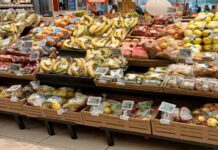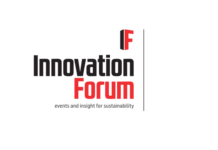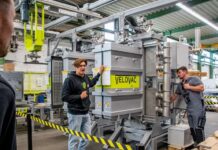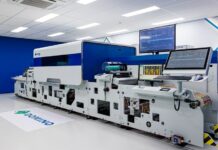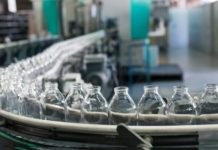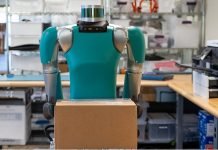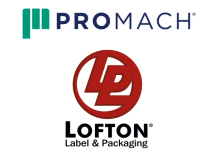There’s nothing new when we speak of sustainable food packaging. Biodegradable and compostable choices to conventional plastic packaging have existed for a long time, but high production costs along with limited scalability are certain steep challenges.
Polylactic Acid – PLE and starch-based bioplastics, which happen to be biodegradable materials, often have a dearth in terms of strength or barrier traits that are needed for the safety of the food and its shelf life, making them rather impractical for numerous food packaging applications.
Adding to the challenge is a lack of recycling or composting infrastructure that is capable of taking care of these materials. When it comes to Canada, new policies along with regulatory targets are looking to speed the shift from plastic food packaging.
Some breakthroughs in materials
Plastic packaging in an in-depth way transformed a food system in the mid-20th century. It became ubiquitous due to a reason. It happens to be lightweight, inexpensive, and durable and is, of course, flexible. It also enables the reduction of food loss and meets strict food and safety benchmarks and also blends easily into established operations as far as manufacturing is concerned.
But we have never scaled strong plastic recycling infrastructure, which makes plastic a very big damaging source of pollution. This is the reason why we need an immediate choice that could compete with the petroleum-based plastics utility. That is the issue that Copol International, innovators from Canada, are inclined to solving. The NS-based company, the North Sydney, has collaborated with the Verschuren Centre so as to develop a multifunctional biopolymer application related to food packaging. This has it as a compostable cast polypropylene film, which is one day going to replace flexible plastic wrap while at the same time preserving its major advantages, such as its durability, lightweight, safety for food, and affordability, just in a way that the earlier generations of bio-based materials could not do so.
There are also other engineering breakthroughs, which are pushing the limits of what is possible as far as biodegradable materials are concerned.
For example, Nfinite Nanotech from Waterloo happens to be creating nano coating so as to better the utility as far as compostable packaging is concerned.
Biotechnology is all set to close the loop
It is well to be noted that coming up with better materials is just 50% of the overall sustainable food packaging equation. What takes place at the end of their operational life is almost as important, which was a key challenge for the earlier generations of sustainable food packaging products. Recycling facilities, along with compostable setups, happened to be equipped in order to handle the influx of biopolymers that needed highly special conditions so as to process in an effective way. In most of the parts, composting facilities were almost non-existent, with people not accepting biodegradable materials that are certified until recently.
Because of this, compostable packaging materials have gone on to end up in landfills, almost completely negating the probable potential environmental advantages.
In a fortunate way, advances when it comes to biotech are making it easier to go ahead and process bioplastic in an appropriate way. For instance, Ottawa‘s food cycle science happens to be developing enzyme-based tech that can be added to the commercial composting units so as to speed up the breakdown of plastics.
Food packaging, reinvented
There are certain innovators who are demonstrating how one can move away from single-use food packaging in a complete way. In 2024, the Circular Innovation Council went on to launch a reusable food container pilot in collaboration with Reusables, which is Vancouver-based as well as major grocers like Metro, Walmart, and Sobeys in Ottawa, Canada.
This program makes utmost use of the smart return system from Reusables so as to present select products in the reusable containers. This company’s slim IOT-based return bins, which are located at retailers as well as other locations, make returns convenient and easily trackable.
So, what’s next in store?
In spite of the incredible progress that has been made by these innovators as well as many others in Canada, a food system that is free of single-use plastics is yet almost impossible to even think about. Without it taking place, the modern food system would actually cease to exist; hence, although a shift away from plastic packaging is an environmental as well as public health requirement, it still remains quite a steep ask, and success is indeed far from guaranteed. But transformational change is something that almost happens since there is a right mix of regulatory sync, education of consumers, and support when it comes to industry and also tech innovation.







